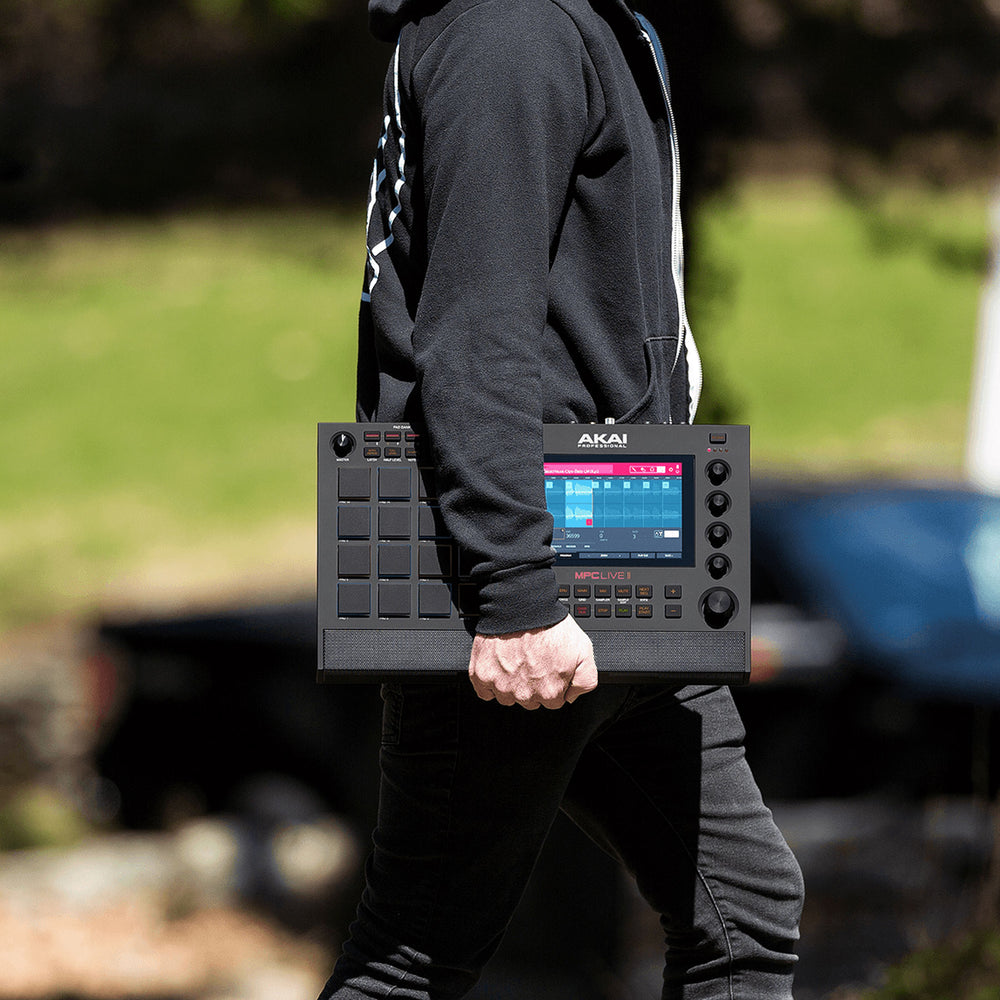

Using the screen for deep sequence edits can occasionally feel fiddly, but generally the combination of the touch interface, main rotary and Q Link controls make for a decent experience, on a par with what you’d expect from a modern DAW. Everything can also be manually inputted and edited via a piano roll/sequencer grid on the touchscreen. Patterns can be recorded via the 16 velocity- and pressure-sensitive pads. Overall, the balance of I/O flexibility and portability feels pretty solid though. The one thing that would have been a nice addition is a front panel instrument input, allowing a guitar or bass to be recorded without the need for some kind of external amplification. We’d argue that it’s a nice touch and - although some extra jacks or XLRs might have been more useful in many modern studios - if the inclusion of that phono connection encourages a few younger generation producers to pick up a cheap turntable and experiment with the ‘crate digging’ approach to sampling, that can only be a good thing. While this might not seem like the optimum choice of input to some users - particularly given the fairly modest overall range of input options - it certainly remains faithful to the MPC’s heritage as a beat-maker beloved by the vinyl-chopping producers of early hip-hop, jungle and breakbeat.

The latter of these is obviously aimed specifically at sampling directly from a vinyl turntable. So choosing the right tools can be a daunting process with all the options out there.In terms of recording inputs, the Live features a stereo pair of 1/4" jacks and a stereo RCA input, switchable between line and phono, complete with ground peg. The landscape of beat-making and music production continues to evolve at a high pace. These newer additions to the family stand testimony to the spirit of innovation that got this brand that status. Akai’s branding has evolved into the very personification of a drum machine over the years. But the latter is more expansive and offers a host of other features like Mic preamps and clip-launch-type keypads. The Akai MPC Live comes with more conventional MIDI capabilities, which the Force doesn't offer. Both come with their own onboard production software. In summary, both the Akai Force and the Akai MPC Live offer good value to add to your music-production workflow. If you are looking for a simple MIDI controller with the sole purpose of controlling your laptop, take a look at the Akai MPD218 Pad Controller or Akai APC40 MKII instead. Before you read any further, you should know that these are both pricey, hybrid gadgets that are meant to work as standalone instruments. If you are a beatmaker, DJ, or music producer looking for an inspiring tool to add to your arsenal, Akai Force and Akai MPC Live are both viable options to look at.


 0 kommentar(er)
0 kommentar(er)
